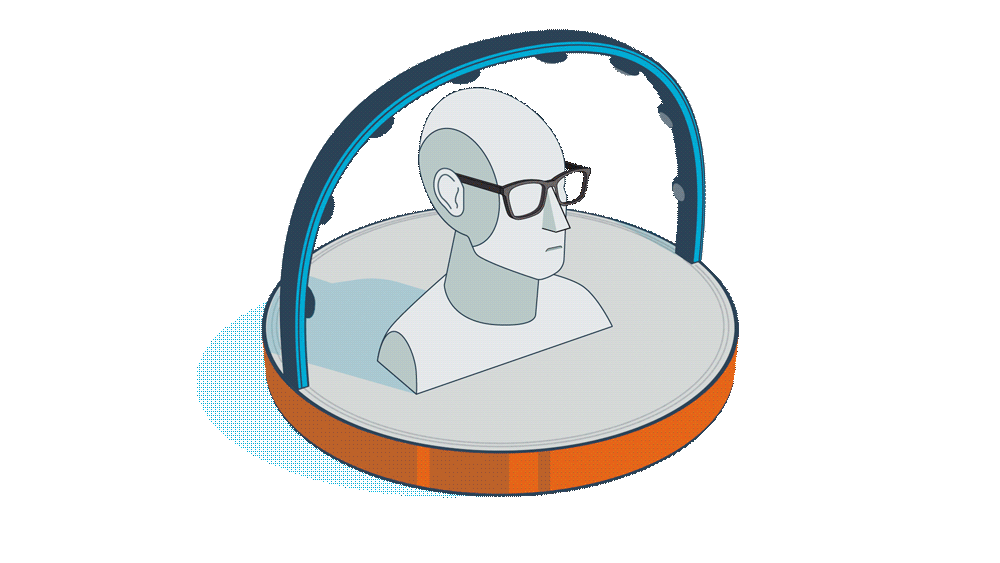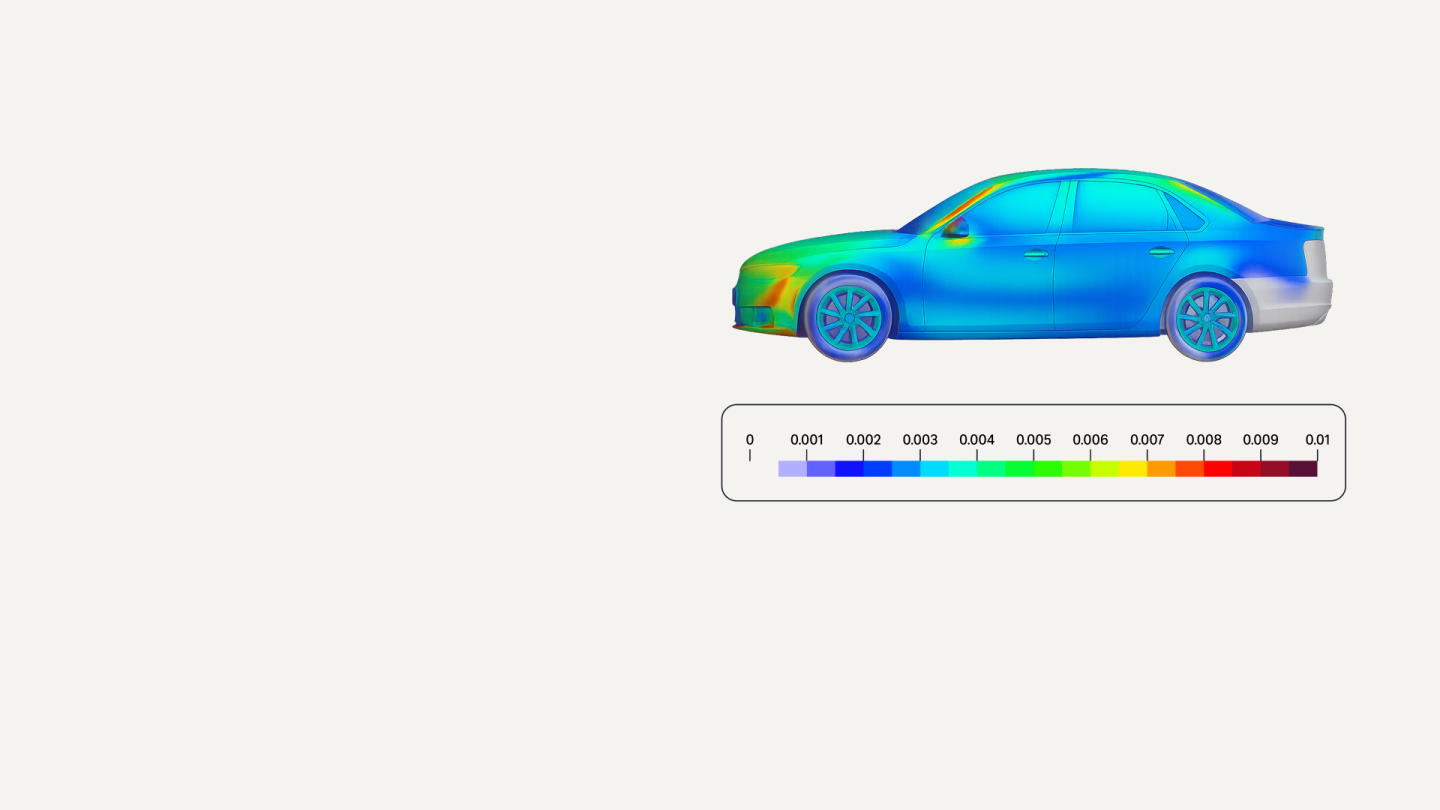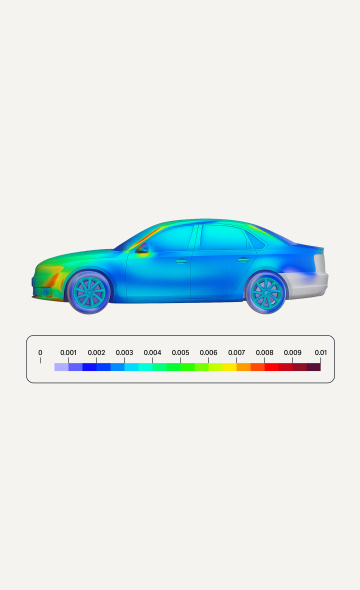Customer-obsessed science


Research areas
-
September 2, 2025Audible's ML algorithms connect users directly to relevant titles, reducing the number of purchase steps for millions of daily users.
-
Featured news
-
CAV 20252025Many security- and performance-critical domains, such as cryptography, rely on low-level verification to minimize the trusted computing surface and allow code to be written directly in assembly. However, verifying assembly code against a realistic machine model is a challenging task. Furthermore, certain security properties—such as constant-time behavior—require relational reasoning that goes beyond traditional
-
ACL Findings 20252025Targeting long-form question-answering, chain-of-query (CoQ) has been studied, integrating chain-of-thought (CoT) with retrieval-augmented generation. CoQ breaks down complex questions into simpler subquestions (SQs), allowing relevant information to be retrieved step by step. By doing so, CoQ aims to improve the answer comprehensiveness and verifiability, at the expense of latency. Our first contribution
-
2025Customized video editing aims at substituting the object in a given source video with a target object from reference images (Fig. 1). Existing approaches often rely on fine-tuning pre-trained models by learning the appearance of the objects in the reference images, as well as the temporal information from the source video. These methods are however not scalable as fine-tuning is required for each source
-
Large Language Models (LLMs) pruning seeks to remove unimportant weights for inference speedup with minimal accuracy impact. However, existing methods often suffer from accuracy degradation without full-model sparsity-aware fine-tuning. This paper presents Wanda++, a novel pruning framework that outperforms the state-of-the-art methods by utilizing decoder-block-level regional gradients. Specifically, Wanda
-
UAI 20252025Continual learning (CL) has gained increasing interest in recent years due to the need for models that can continuously learn new tasks while retaining knowledge from previous ones. However, existing CL methods often require either computationally expensive layer-wise gradient projections or large-scale storage of past task data, making them impractical for resource-constrained scenarios. To address these
Conferences
Collaborations
View allWhether you're a faculty member or student, there are number of ways you can engage with Amazon.
View all













































